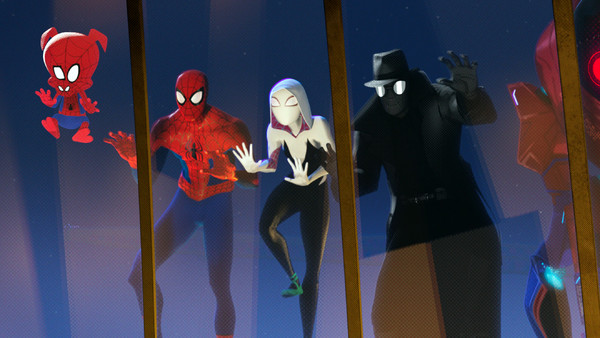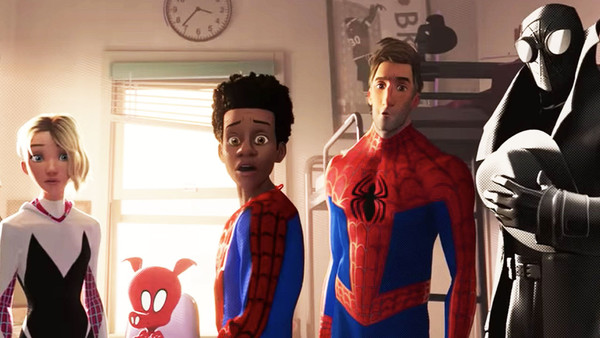How Spider-Man: Into The Spider-Verse Created Its Own Unique Look
Just how exactly did the film make it look like Marvel's comics came to life?

When it released last December, Spider-Man: Into the Spider-Verse quickly established itself as one of the most unique looking comic book movies to date. In certain instances, it almost looks as though the wall-crawler's comics are springing to life, leaping off the page with a myriad of different art-styles that all - somehow - manage to come together in a beautiful explosion of colour.
Speaking to WhatCulture, Spider-Verse's head of character animation, Josh Beveridge, explained how the film was able to create a unique look, and the impact that may even have on animation in general going forward.
"[It] feels like peers from the industry have been thanking us for making this, because it’s been such a bold divergence from what’s been out there," Beveridge said. "We worked on this until the 11th hour, and before we could even get our heads around that we had finished, it was being received so well […] it’s been humbling."
Into the Spider-Verse may be a unique film, but it's also one that owes a lot to the artists who've worked on Spidey's books over the years. Everyone from Jack Kirby, to Bill Sienkiewicz and Sara Pichelli were cited as an influence by Beveridge, who was also keen to mention how animation is almost like a "sister medium" to comics, and how that encouraged Spider-Verse's animators to be as bold as possible.
"You can tell any story with these things. It’s such a great vehicle to be fantastic, but it doesn’t have to be. It can be intermittent. It doesn’t always have to be pop art - it can be whatever it wants to be. It’s a diverse range of story-telling styles, so we got to kind of make just a kind of love-letter to that medium."

When asked on how the film managed to communicate that feeling so effectively, Beveridge revealed that Spider-Verse's animators actually went "old-school" with their techniques.
"We animated on twos. It’s really a traditional, old-school, back when things were hand-drawn aesthetic. Back in those days they were doing it for efficiency, because film has always been 24 FPS, but back when they were doing it by hand, it was 12 FPS. They broke down to ones when they need to, and that’s what we did as well, but to reimagine that we had to solve a lot of technical challenges as well."
"We all felt it was important to do and worth going through that challenge, because it gives the movement and the characters [...] it just makes everything feel crisp. There’s a pop art clarity - you see the poses a little bit more. Your brain solves that motion for you, and you get used to it real quick."
Although there were plenty of contributing factors that led to Spider-Verse becoming the critical darling it is today, there's no doubt the animation itself was the backbone of its success. Each character - no matter their respective dimension - manages to pop off the screen in such a vibrant manner, and in hammering home the story's more emotive qualities, animating on twos may have had a massive part to play.
--
SPIDER-MAN: INTO THE SPIDER-VERSE swings onto 4K Ultra HD, Blu-ray and DVD on April 22